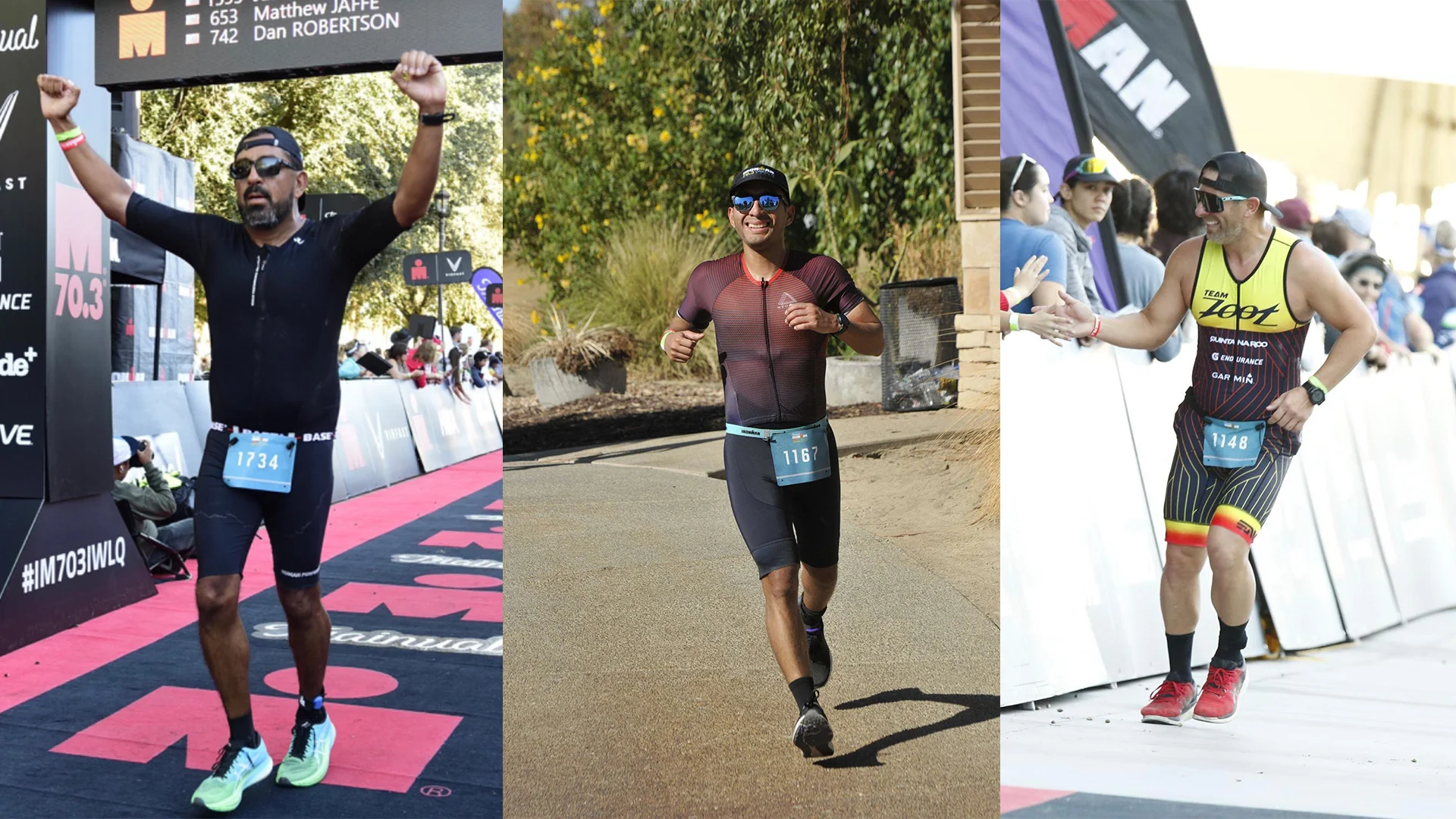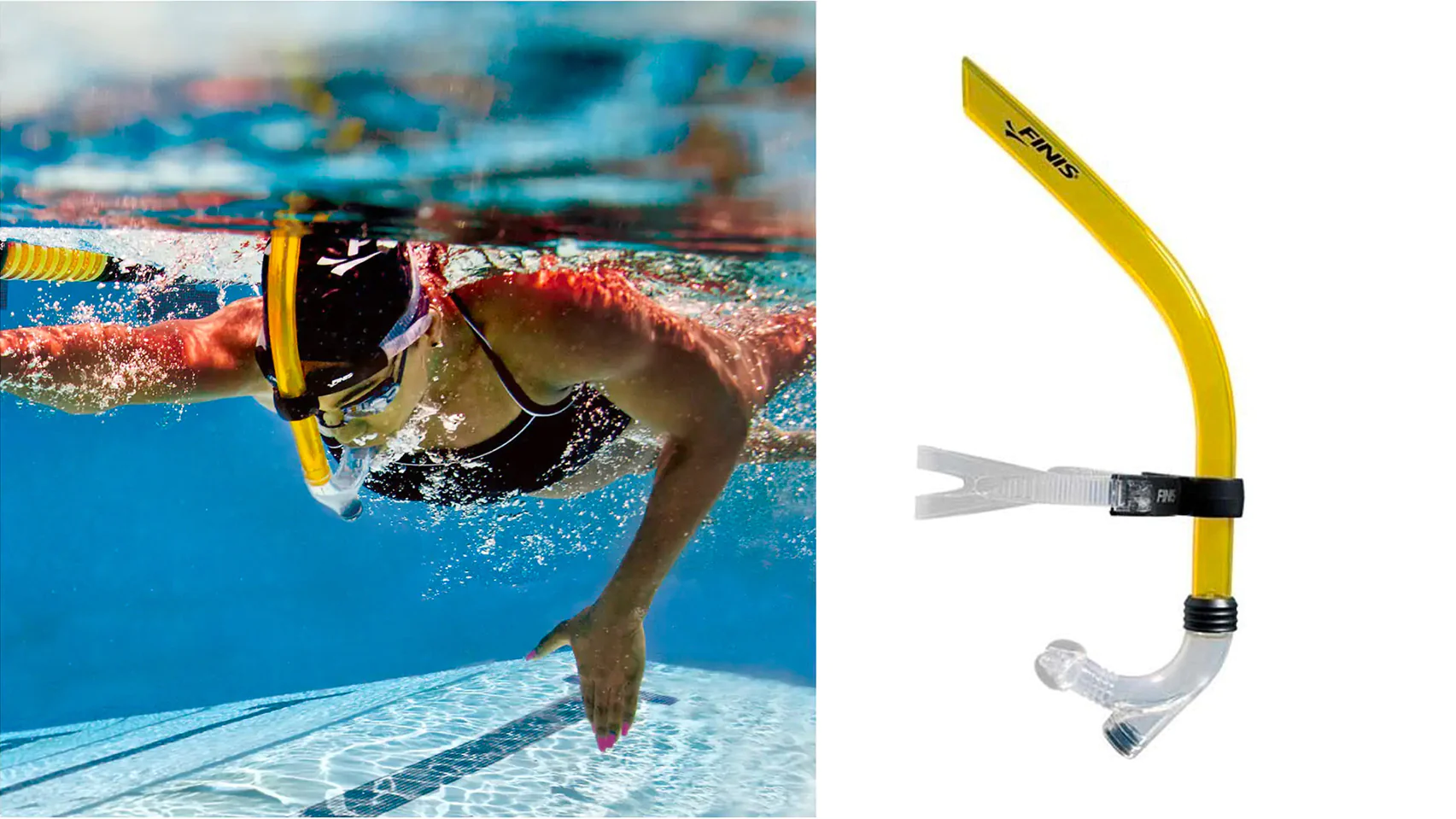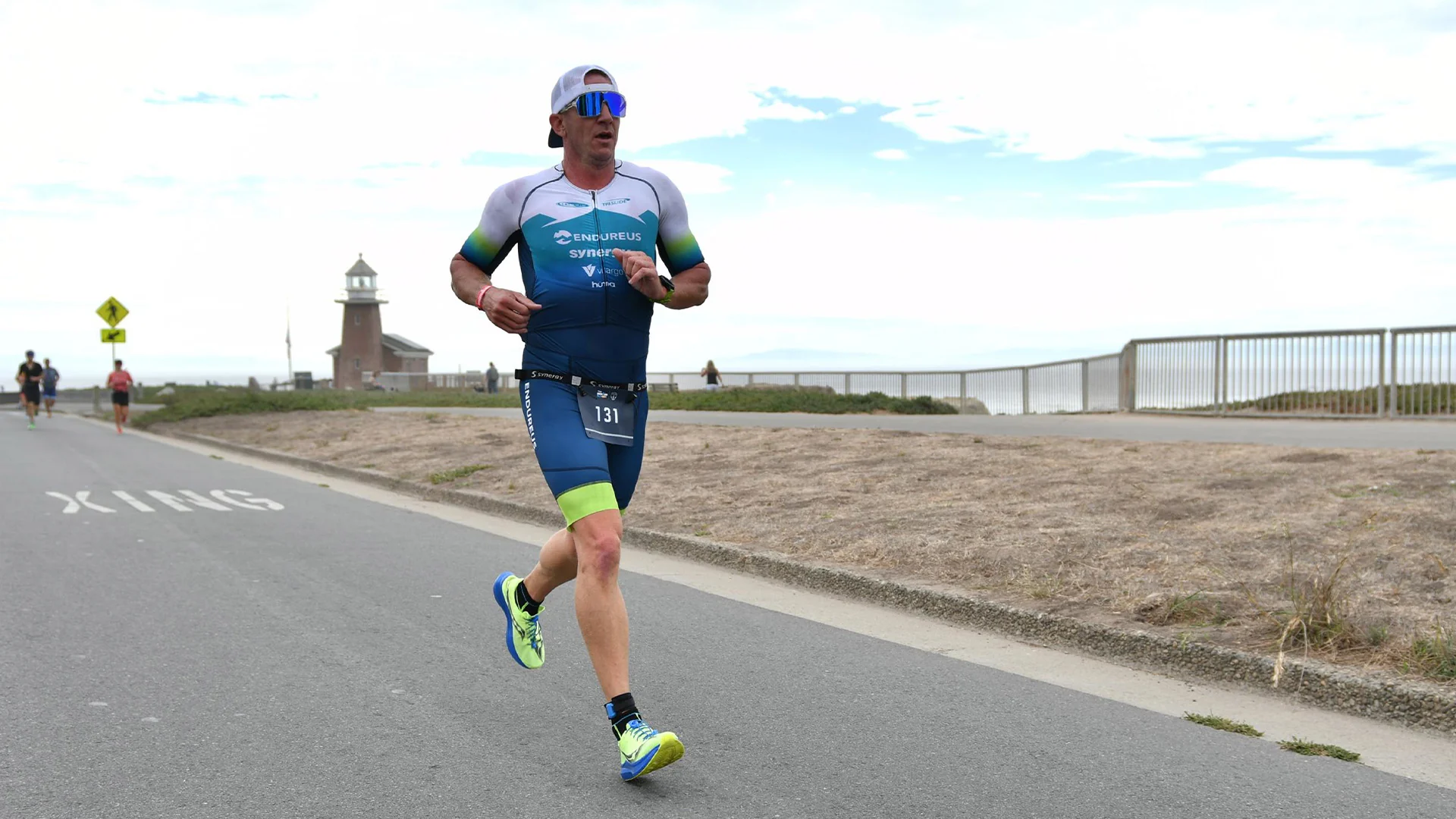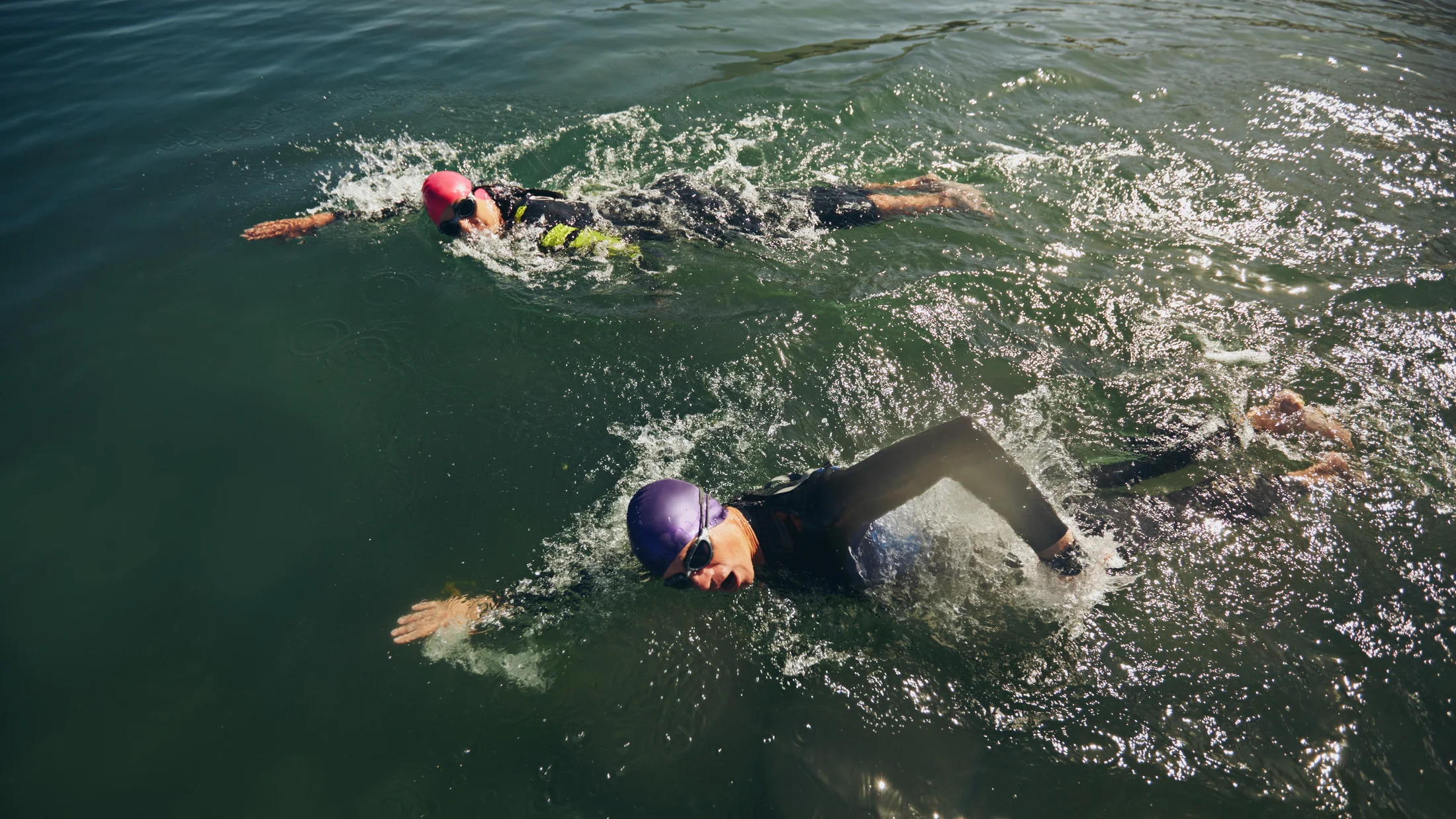The run is one of the most challenging aspects of triathlon, as it is the race’s final leg, and athletes are often exhausted by this point.
Unlike a 5k or 10k race, the fatigue accumulated from the swim and bike portions of the triathlon can significantly impact an athlete’s running performance. Thus, pacing the run correctly is crucial to achieving optimal results. Poorly-paced runs can result in much slower finishing times compared to well-paced ones. For instance, in an Olympic-distance triathlon, a poorly paced run can lead to a difference of 3-5 minutes in finishing times, whereas in a 10k race, it may only result in a difference of 30-60 seconds.
To pace the run correctly, the first step is to ensure that the bike portion is also paced intelligently. Attempting to compensate for a poorly paced bike ride by pushing hard during the run is not an effective strategy. It can lead to struggling and a slow finish.
So how do you pace the bike ride correctly? The key is to cycle at a pace that allows you to maintain the same speed for another 10-15 percent of the total distance. For instance, aim to bike at a rate you could sustain for an additional 2.5-3.5 miles in an Olympic-distance event. If you struggle during the final few miles or slow down because you exerted too much energy during the beginning of the bike ride, your running performance is likely to suffer. On the other hand, if you finish the bike portion knowing that you could have maintained that pace for a few more miles, you have set yourself up for the best possible run.
To properly pace your run, it is crucial to consider your speed and the distance of your race. For all distances in a triathlon, dividing the run into two segments is helpful: the first should be slightly more than 60 percent of the total distance, and the second part slightly less than 40 percent. Begin by running the first segment at a pace you can build on for the second part. In an Olympic-distance race, aim to run the first 3.5-4 miles at a pace you can pick up in the remaining miles. It’s important not to speed up at the halfway point, as this will require more effort than you might realize.
The general feel of the run will depend on the distance of your race. For a sprint, the speed should feel slightly easier than you would feel during 1,000-meter intervals on a track. If you’ve never done this, it’s a good idea to try it out to get a sense of anaerobic speed. In a sprint race, the run will require slightly less effort than these intervals, as you won’t be as fresh, and there will be no rest between the intervals as in a training session.
Olympic Distance Pacing
In an Olympic-distance triathlon, it’s important to maintain a fast pace during the run but also conserve some energy during the opening miles. Try to keep a pace that feels challenging but manageable. As you approach the 3.5-4 mile mark, increase your pace and save your top-end effort for the final 2 miles. Keep your breathing controlled, and try to stay relaxed with muscles that aren’t overly tense.
70.3 Ironman Distance Pacing
Pacing becomes even more critical for a longer triathlon, like a 70.3 Ironman. During the early miles of the run, aim for a feeling of floating rather than pushing. Your breathing should be controlled, and your shoulders should be relaxed. Try to land lightly on your feet and move quickly without forcing anything. Save your biggest effort for the final 5 miles of the race.
Ironman Distance Pacing
The full-distance Ironman requires a different pacing strategy compared to shorter races. It’s important not to start racing until the final 10 miles of the run. Running relatively fast and light, without feeling like you are in a race, is the key. Athletes who take off fast in the first 5-6 miles will almost always pay a huge price at the end. During an Ironman triathlon, it’s best to stay aerobic and aim for the same pace you would during a long training run (not one where you pick up the pace at the end). If you start too fast, running 30 seconds/mile faster than your target pace in the first 10 miles, the final 10 miles will likely be much more difficult.
Finishing Strong
Pacing is critical to running, whether in a standalone race or as part of a triathlon. It involves managing your effort and speed to allow you to finish strong and achieve your best possible time. Poor pacing can lead to fatigue, injury, and disappointment. The key to pacing is finding a sustainable and efficient rhythm to maintain a consistent pace throughout the race. This requires balancing pushing yourself enough to achieve your goal without overexerting and burning out too early. The optimal pace will depend on the distance, type of race, and individual factors such as fitness level and experience. A well-paced run can make all the difference in a race, enabling you to finish strong, achieve a personal best, and even win.




